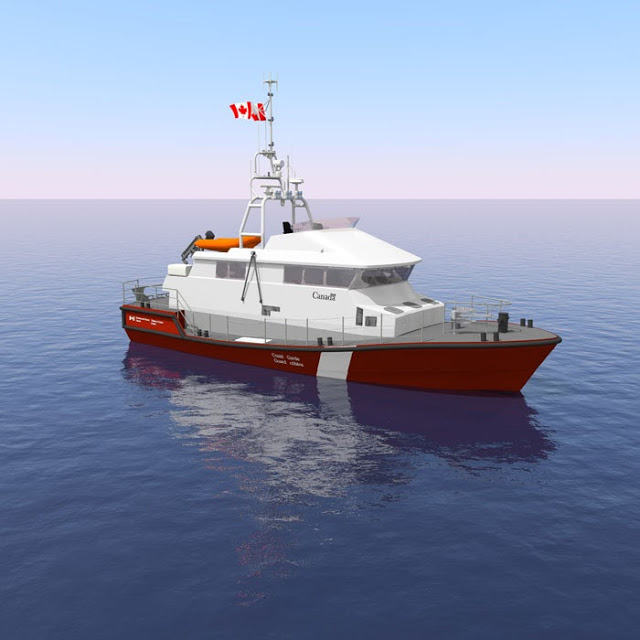Halifax Airport tweeted that a Rusian Tupolev154 will be landing around 4 pm at Halifax Stanfield Airport. This Flight was previouslly Announced by a DND Press release, though its landing here was not mentioned.
If you happen to be by the Airport, I’d love to See photos. (Above photo from Trentonian.ca)
The Release:
A Russian Federation aircraft will conduct aerial observation flights
over Canada under the Treaty on Open Skies during the period July 17 to
19, 2013.
The unarmed Tupolev TU-154M
aircraft, which arrived at 8 Wing Trenton today, will be accorded
Russia’s legal right of unimpeded observation overflight of Canadian
territory, in fulfilment of Canada’s obligations as a State Party to the
Treaty on Open Skies. Using an array of onboard sensors, the aircraft
can observe and verify objects of interest or concern, such as military
sites, industrial centres, communications facilities and transportation
hubs.
The Treaty on Open Skies, which entered into force on
January 1, 2002, is a legally-binding accord that promotes increased
confidence and transparency amongst its 34 States Parties. As Treaty
co-depository with Hungary, Canada has exercised its Treaty rights by
conducting observation flights over the Russian Federation, Belarus,
Georgia, Ukraine and Bosnia and Herzegovina.
This marks the ninth
time a foreign State Party will have conducted an observation flight
mission in Canada, the first having taken place in September 2004.
Canadian military escorts and technical specialists will be aboard the
Russian aircraft throughout the mission to ensure safety, security and
compliance by monitoring imaging systems and strict adherence to the
agreed observation flight route and profile.
Canada is a
signatory to several security treaties, including those dedicated to the
elimination, reduction or control of weapons of mass destruction,
conventional armaments and equipment, and associated military forces.
The Treaty on Open Skies is one example of how Canada exercises its
commitment to reducing the threat of armed conflict by increasing trust
and confidence though greater openness and transparency amongst states.







